-
•
•
3 responses
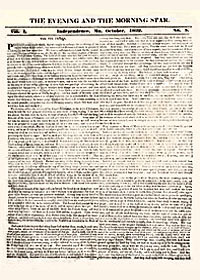
A series I am going to occasionally come back to on my takes on early Church primary sources that I’m reading. We have a tendency to only read secondary takes, whether a talk, book, or commonly shared anecdote, but there are often insights buried in the primary sources that don’t make it into the collective consciousness. The Evening and the Morning Star was the first Latter-day Saint newspaper, published in Independence and then Kirtland. As you maybe could tell from my last post that cited copiously from it, I’ve been schlogging through its issues (okay, maybe skimming, but it was… Read More
-
Come Follow Me Currculum, Doctrine and Covenants, Latter-day Saint Thought, SS Lesson – Doctrine and Covenants
•
•
3 responses
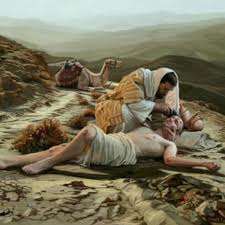
D&C 45 covers a lot of different things, from the role of the Savior to the safety of Zion. In the last few decades our LDS culture has also made a lot of this section’s observation that His disciples will ‘stand in holy places, and … not be moved.’ As an image that description suggests both that there are specific physical locations in which we should stand, and that we should remain in those locations. But I think these images are metaphors, and not physical sites — wasn’t the Good Samaritan ‘standing in holy places?’ It seems to me that… Read More
-
•
•
7 responses

In my last post, I discussed the process of canonization. While formal canonization has been rare since the late 19th century, key additions to the scriptural canon—such as the Pearl of Great Price and select sections of the Doctrine and Covenants—highlight a pattern shaped by prophetic authorship, broad communal use, and alignment with institutional priorities. These examples underscore a dynamic model in which “functional canon”—those texts already valued and widely cited—often lays the groundwork for what becomes official scripture. As the Latter-day Saint community continues to evolve, the interplay between tradition and revelation may yet open the door to future… Read More
-
•
•
20 responses

Canonization is a fascinating process. And with an open canon, Latter-day Saints have the potential to expand books of scriptures like the Doctrine and Covenants and Pearl of Great Price. The process of expanding the canon is a rare event in The Church of Jesus Christ of Latter-day Saints, especially since the 1870s, but some of the more recent additions give insight into the process and how it could unfold in the future. Read More
-
•
•
10 responses
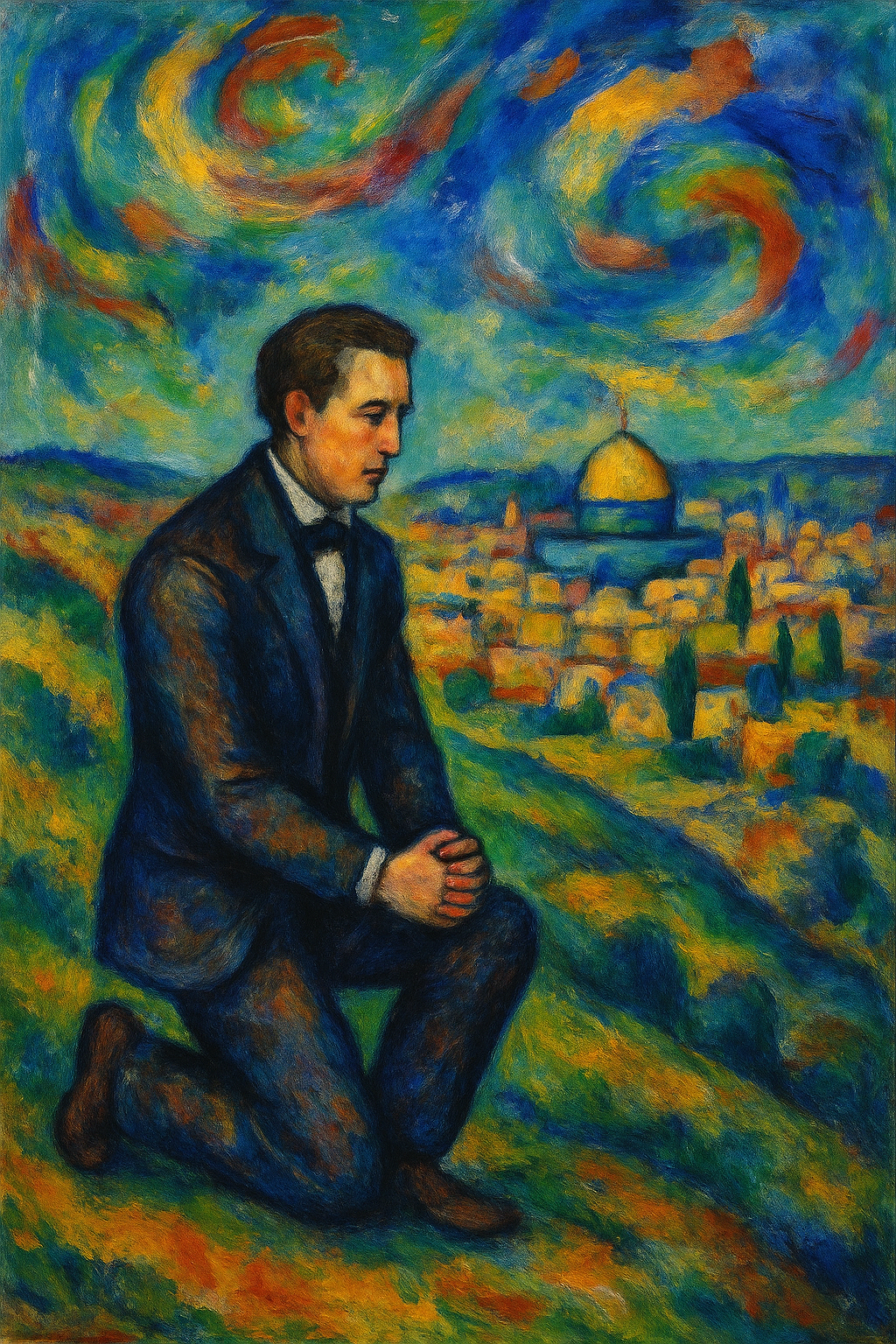
Orson Hyde dedicating the Holy Land for the return of the Jews in the style of Jewish artist Chagall While the confidence intervals are large, a relatively recent Pew survey suggests that Latter-day Saints are the most pro-Jewish religious group besides Jews themselves, and an older Gallup survey shows that Latter-day Saints are the most pro-Israel religious group besides Jews. (Yes yes, I know that being pro-Israel does not equal being pro-Jewish necessarily, but still, in this case I think the two are at least related.) Our philo-semitism does not surprise me. Our own religious aesthetic has Hebrew overtones; when… Read More
-
•
•
One response
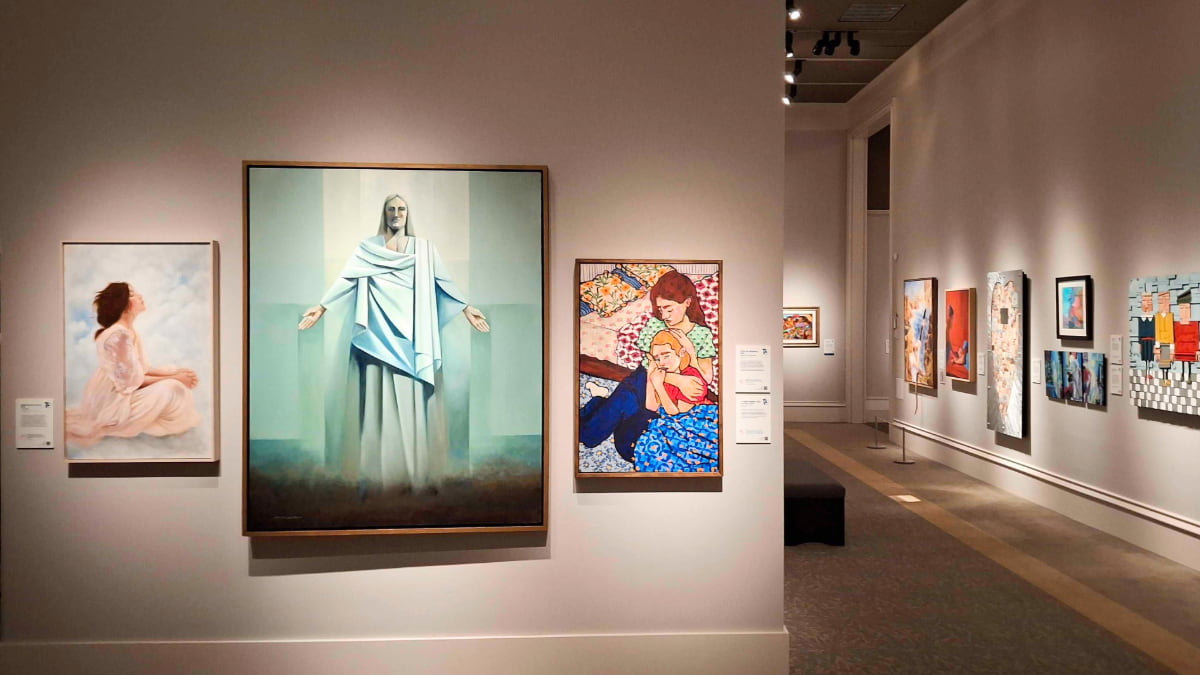
The 13th International Art Competition exhibition at the Church History and Art Museum in Salt Lake City opened this morning. The theme of the competition is based on Doctrine and Covenants 81:5: “Wherefore, be faithful; stand in the office which I have appointed unto you; succor the weak, lift up the hands which hang down, and strengthen the feeble knees.” All told, 584 artists entered the competition, from which 150 pieces of art were selected for the exhibition, with artists from 26 different countries contributing to the display. Laura Paulsen Howe (Church History Museum art curator) compared the compilation to… Read More
-
•
•
4 responses
Doing good works for proselytizing purposes is fine. I’ve heard complaints that doing so is somehow selfish (Helping Hands shirts, etc), and people point to Matthew 6:1-4. But there’s also Matthew 5:14-16 “let your light so shine before men, that they may see your good works, and glorify your Father which is in heaven.” I’d say the difference is between seeking attention as an individual vs. gaining attention for the group. Jesus encouraged proselytizing, and, as I see it, Jesus wanted people to follow him, and was okay performing his own good works to gain disciples. Read More
-
•
•
5 responses

Organizations require structure. And the larger that an organization gets, the more structure it needs. That might seem pretty obvious in today’s world, but I suspect it was less obvious in the 1830s among the Saints who had joined the church, many because of the way other churches operated. After the ‘constitution’ of the Church in section 20, section 42 further defined how the church operated, as the need for more organization arose. In addition, these sections also outlined principles for how we should act within the church as well as how the church was structured. So its not surprising… Read More
-
•
•
14 responses
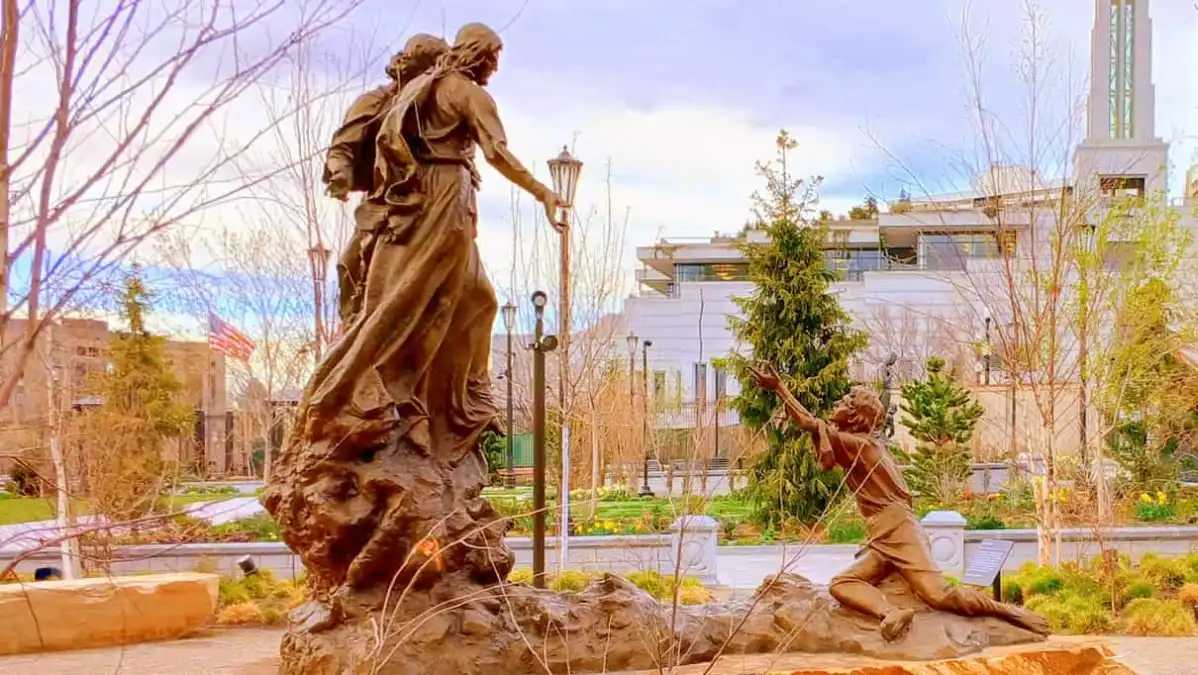
The 1832 account of the First Vision has always been treated as the black sheep of the family when it comes to contemporary accounts of that event. It is the most unique out of the accounts in several ways. Kyle Beshears recently published a chapter, giving an important explanation of some of those differences. He also spoke about these ideas in a recent interview at the Latter-day Saint history blog From the Desk. What follows here is a copost to that interview. Read More
-
•
•
26 responses

While I don’t know if Abinidi and Limhi knew of each other, I think it’s likely that they did. Abinidi is, of course, known for his parrhesia before King Noah, and Limhi is Noah’s son, who succeeded him and whose later comments indicated that he knew his father was doing evil. Today, most of the time, we focus on Abinidi more than we do on Limhi. We admire the courage that he had to speak up even though he knew that his life was threatened. But what about Limhi? Was he of age when Abinidi called Noah, his priests, and… Read More
-
•
•
3 responses
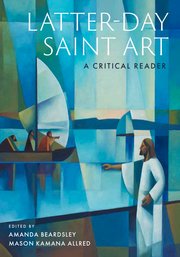
Latter-day Saint Art: A Critical Reader is an excellent resource and insightful journey. The book aspires to be “the first expert critical treatment of Mormon visual art”, and it offers a breadth and depth that live up to that ideal. The volume includes twenty-two essays by scholars from various disciplines, perspectives, and backgrounds who offer analyses of Latter-day Saint artistic production and culture. The text is accompanied by elegant reproductions of more than 200 works of art relating to Latter-day Saints, including panorama paintings, quilts, architecture, sculpture, cartoons, film, gallery installations, indigenous works and more. At 664 large pages, it’s… Read More
-
•
•
5 responses
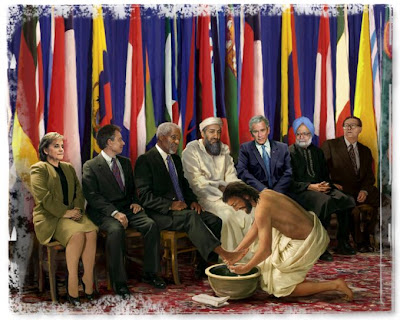
A controversial image, but I think it makes the radical love point quite well. The infamous Nickel Mines massacre of Amish schoolchildren–and the community’s supernal forgiveness towards the killer and his family–is familiar to Latter-day Saints through President Faust’s 2007 address “The Healing Power of Forgiveness.” For those of you who do not remember the talk, President Faust’s discussion is worth citing at length, but feel free to skip ahead if you have already read it. In the beautiful hills of Pennsylvania, a devout group of Christian people live a simple life without automobiles, electricity, or modern machinery. They work… Read More
-
•
•
18 responses
So here I present an idea about Christ’s injunction to the rich young man that I read in a book I really like. We all know the story and know it’s often used to as bludgeon to declare that Christians are coming up short of their charitable obligations. Read More
-
Come Follow Me Currculum, Doctrine and Covenants, Hymns, Latter-day Saint Thought, Poetry, SS Lesson – Doctrine and Covenants
•
•
I feel like I could just repeat the introduction I made three weeks ago, to the lesson for the week ending April 6th, which also spoke about the gathering. However, this week’s lesson is a little different, since it focuses on why we are gathered instead of simply that there is a commandment to gather. Since I explained three weeks ago that the nature of gathering has changed over the history of the church, from a physical gathering to a spiritual gathering, its no surprise that the reasons for gathering are different as well. But I suspect that today’s reasons… Read More
-
•
•
13 responses
Spoiler alert. One of the most powerful scenes dealing with abortion in cinema is in the Godfather Part II (much more nuanced than, say, Cider House Rules, which is basically the pro-choice version of a preachy 1980s seminary movie.) In it Mafia don Michael Corleone’s wife admits that the child he was looking forward to wasn’t lost to miscarriage but to an abortion. It was an abortion. An abortion, Michael. Just like our marriage is an abortion. Something that’s unholy and evil. I didn’t want your son, Michael, I wouldn’t bring another one of you sons into this world! It… Read More
-
•
•
10 responses
It was a Jehovah’s Witness many years ago that pointed out to me the connection between “these my brethren” in Matthew 25:40 and Jesus calling those who “do the will of God … my brother, and my sister, and mother.” (Mark 3:31-35, Matt 12:46-50, Luke 8:19-21. See the comments in my last post). I’m interested in what you think of that connection, but I do think that it suggests an element of community building in Matthew 25:31-46 that I see as similar to Mosiah 18:8-9. Read More
-
•
•
5 responses
Now more than ever, we need the 12th Article of Faith. Read More
-
•
•
The Church Historian’s Press recently published a history of the Young Women’s organization in the Church entitled Carry On: The Latter-day Saint Young Women Organization, 1870–2024. In connection with the release of this landmark study, Lisa Olsen Tait discussed the book in a recent interview at the Latter-day Saint history blog From the Desk. What follows here is a copost to the full interview. Read More
-
•
•
8 responses
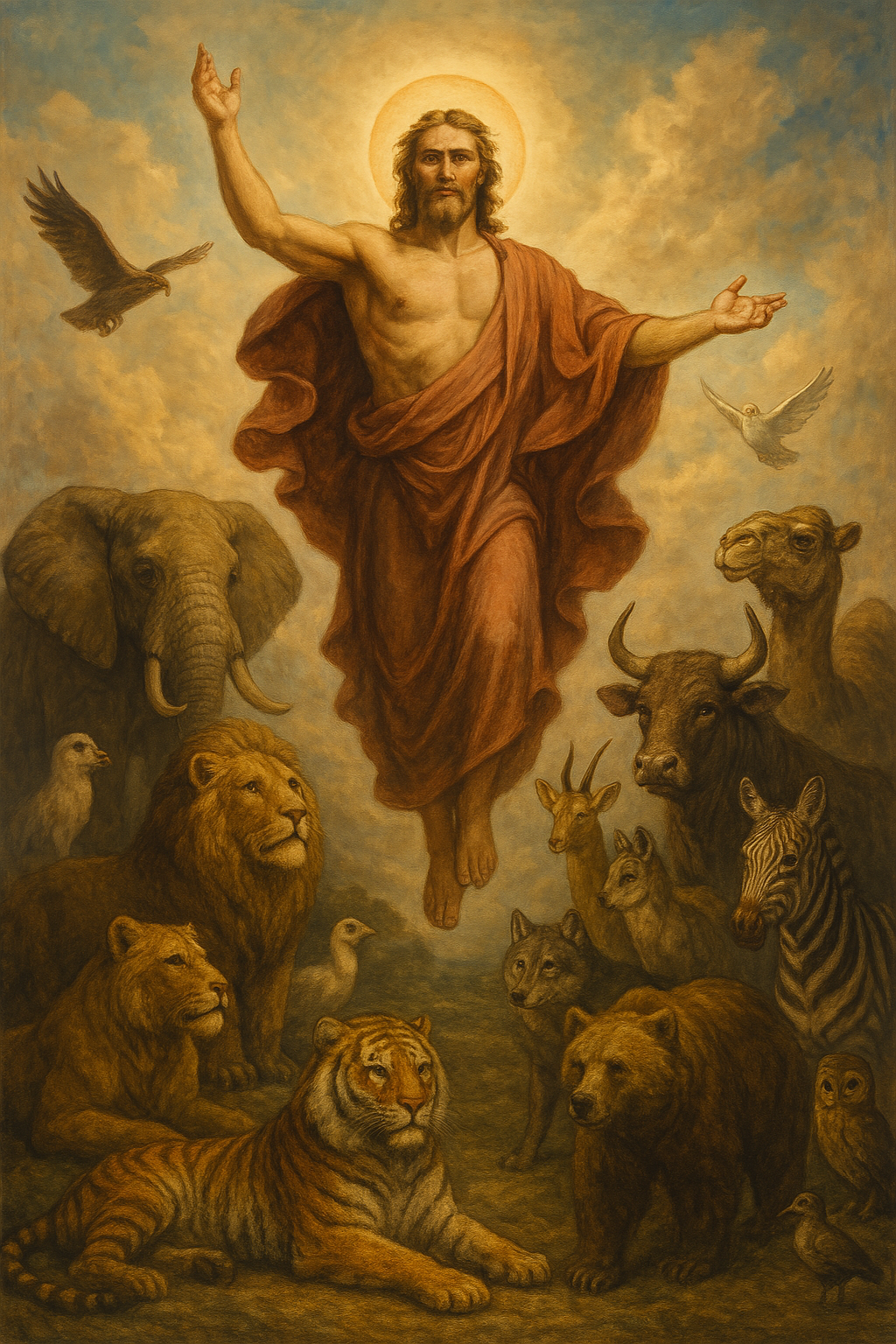
One of the most counter-intuitive and abhorrent, yet strangely logically airtight arguments in modern-day ethics is Peter Singer’s argument for why, if we are okay with killing and experimenting with animals, we should then be okay with experimenting on mentally handicapped humans and killing babies. Of course killing and experimenting on infants and the disabled are absolute atrocities and I reject them out of hand, as I do their analog to slaughtering cattle, but his fleshed out argument is actually pretty solid if you accept the premises. We don’t consider it any less atrocious to torture a dumber human being… Read More
-
•
•
13 responses
I want to share a few thoughts on Christianity and community building. I know this is a big topic discussed for thousands of years, but I want to give my two cents anyway despite not being a trained theologian. In my amateur opinion, I do think that Jesus said that community building was important and it’s how I interpret what he was saying about the kingdom of God. I see this interpretation as similar to how I interpret Joseph Smith’s thought. I thought Elder Uchtdorf’s talk had a lot of wonderful related things to say on the topic and will… Read More
-
•
•
The Come Follow Me lesson for the week ending on April 20th, Easter, takes a break from the section order in the Doctrine and Covenants to focus on how Christ is portrayed in the scripture. The lesson focuses on three attributes of Christ’s role: His living nature, his gift of the resurrection to all of us, and his atonement. Fortunately, this simplifies finding poems that match the message. As a people, we have not neglected Christ in our poetry. And I’m pleased to point out that the poems for this week are likely not poems that most readers have seen before.… Read More
-
•
•
3 responses
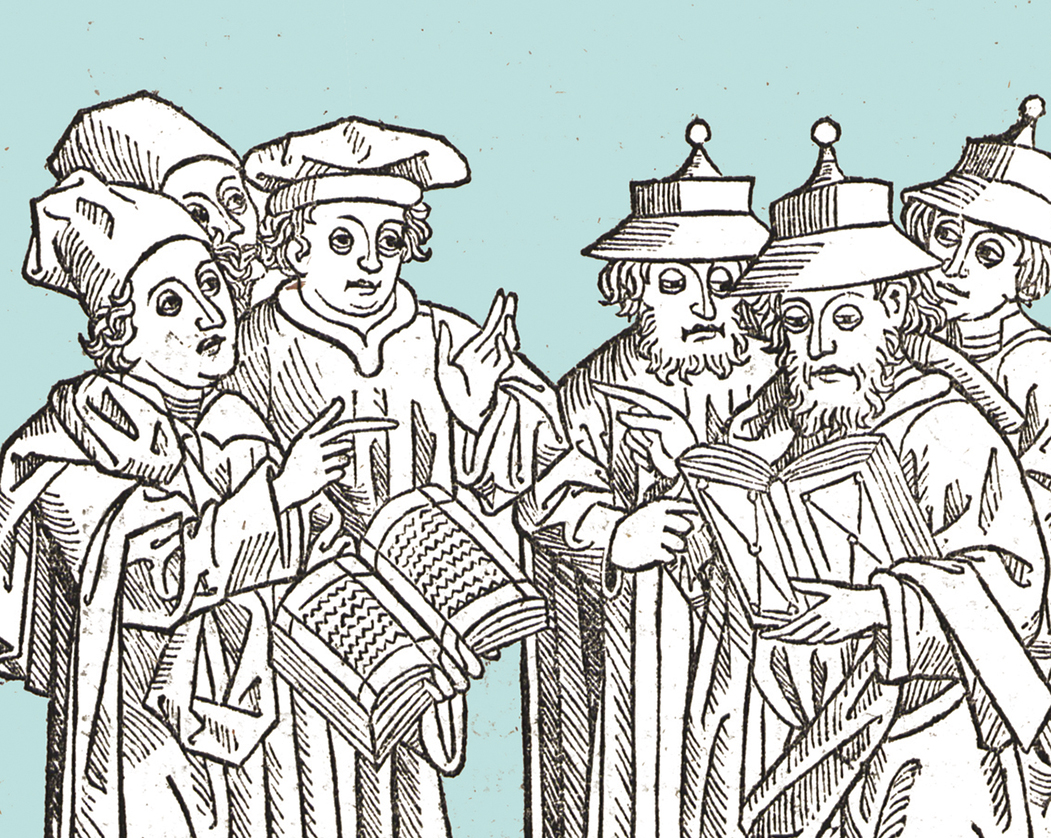
Note: This was in the queue before I realized that it was falling on General Conference weekend, so it’s not in response to anything said over the pulpit. I recently read an account of the three great medieval Jewish-Catholic disputations (Judaism on Trial, McCoby). These were debates arranged by the Christian authorities where the top rabbinical scholars were pitted against typically former Jewish, now Christian theology scholars. They were conducted under some duress by the Jewish community, who knew that a misplaced phrase could lead to a pogrom or expulsion for their community, and were constantly trying to thread the… Read More
-
•
•
5 responses
One observation about Brigham Young—particularly when it comes to his most controversial ideas, like the Adam-God teachings—is that he tended to take ideas from Joseph Smith and then amplify them. The priesthood and temple ban on individuals with black African ancestry, for example, can be seen as an expansion of things Joseph Smith accepted and taught as explanations for slavery, some of which was reflected in the Book of Abraham. Plural marriage originated with Joseph Smith and was stabilized and expanded under Young’s leadership. The Adam God teachings were an amplification of the role Adam held in Joseph Smith’s thought,… Read More
-
•
•
3 responses
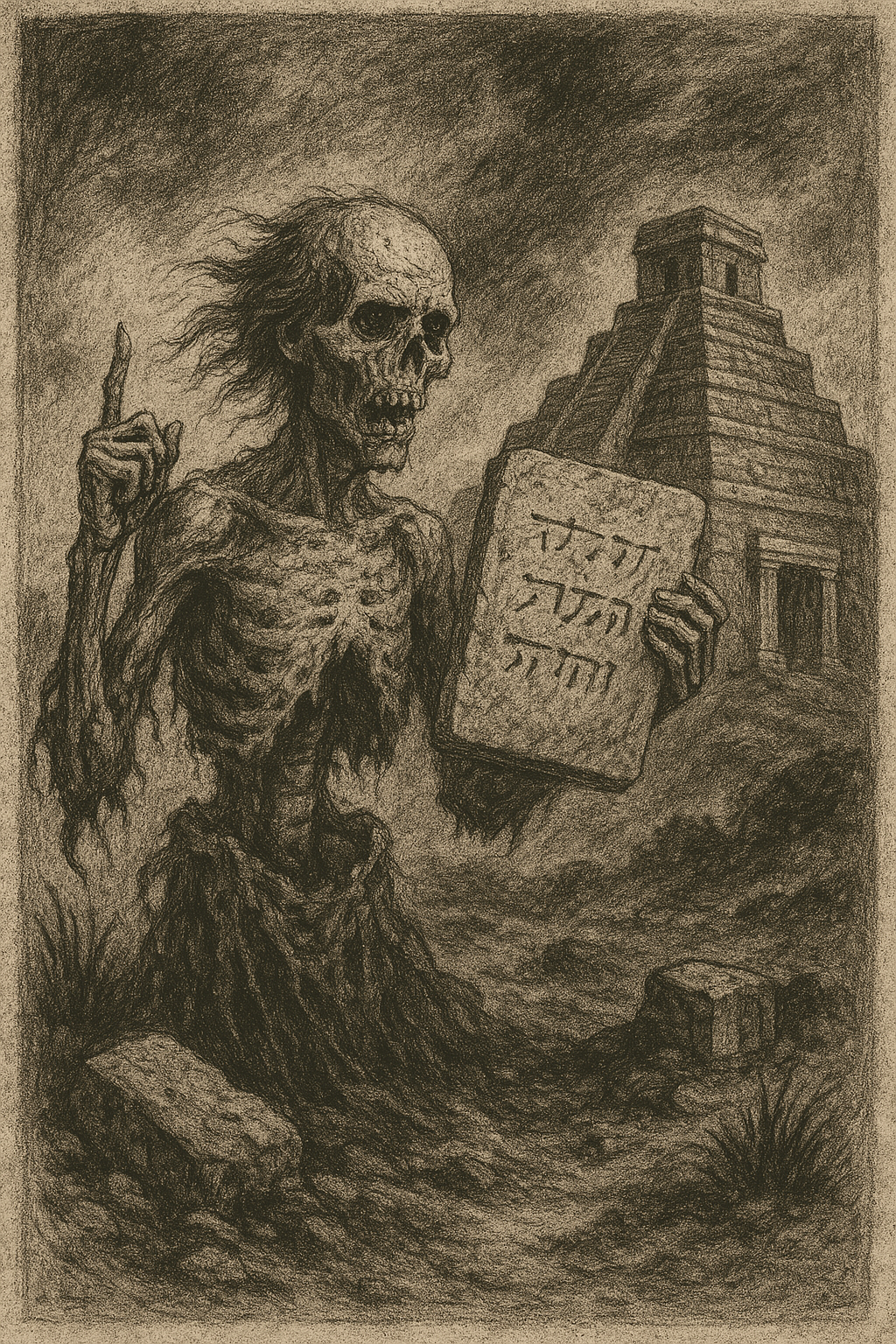
First off, apologies for all the AI posts, but the big AI players do this thing where they drop their latest products right next to each other to try to steal the news cycles from each other, so AI alternates between droughts and floods. So on that note, the other big news besides the resolution of the character consistency problem in AI-generated images is that Google’s Gemini 2.5 has jumped ahead of the other models on the benchmarks. Among other things I won’t go into, this is interesting because Gemini can output a very large amount of text. Before, the… Read More
-
•
•
BYU published a few books late last year in connection with the Doctrine and Covenants. Among these is The Voice of the Lord: Exploring the Doctrine and Covenants, edited by Alexander L. Baugh. The book is a collection of essays previously published by BYU in a variety of forums (Sydney Sperry symposium publications, Religious Educator issues, BYU RSC books, etc.) with the goal of serving as “an additional resource for individuals to enrich and enhance their own personal study and their appreciation for the teachings, doctrines, and principles in Doctrine and Covenants” (p. ix). Read More
-
•
•
7 responses
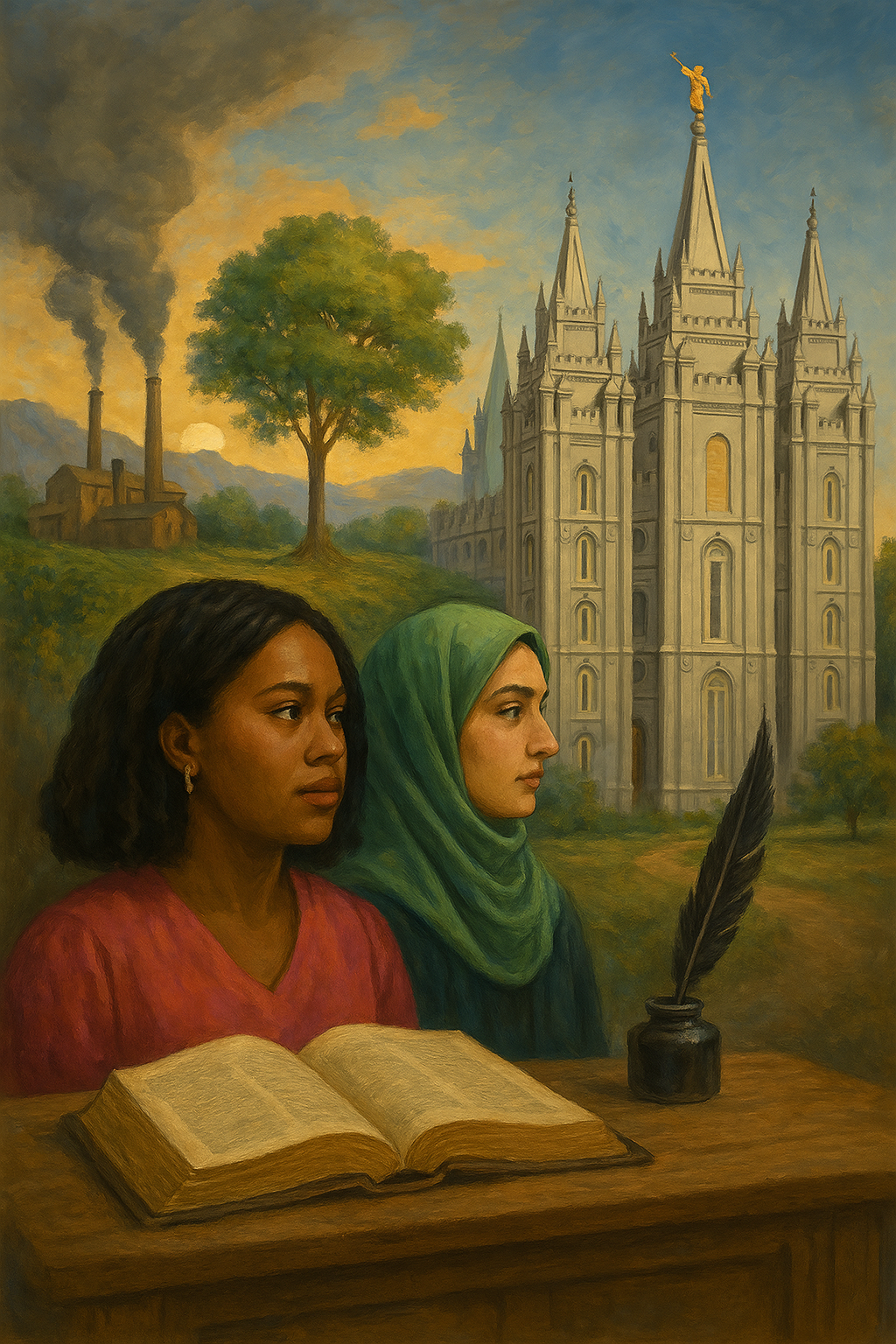
Hahne, Madeleine Ary. “Factors Influencing Climate Change Beliefs among American Latter-Day Saints.” Worldviews: Global Religions, Culture, and Ecology 29, no. 1 (2025): 19-48. Read More
-
•
•
A while ago, I published a series of posts, “Making Sense of Prophecies,” that connected my academic research to the prophecy of “Lutius Gratiano.” (You know the one: “The old true gospel and the powers thereof are lost….”) Then the editor of the Journal of Mormon History suggested the topic might work as an article. Read More
-
Come Follow Me Currculum, Doctrine and Covenants, Latter-day Saint Thought, Poetry, SS Lesson – Doctrine and Covenants
•
•

For a lesson titled “Declare My Gospel”, the individual sections don’t seem to focus as much on missionary work as you would think. Instead, the missions discussed are more like the statement often attributed to St. Francis, “Preach the gospel. If necessary use words.” Of course, the problem with preaching through actions, even though they are more powerful than words, is that actions are even more liable to be misinterpreted than words are. In this sense, actions are more like poetry than sermons, because they can be interpreted in many ways. By preaching ‘slant’ — that is, from an unusual… Read More
-
•
•
4 responses
So I wanted to wrap up a few more thoughts I mentioned in my last post, but at the request of the TS bloggers, I put them over at the Juvenile Instructor. So you can check them out over there. One on BH Roberts’s problematic claims of Platonism corrupting Christianity, another noting problems with Stephen Webb talking about that issue, and finally one highlighting the endowment as indicative that JS was seeking to restore what he believed was LOST to the Bible, rather than focusing on biblical practice itself. Greek mystery rites were very important to the concept of the… Read More

